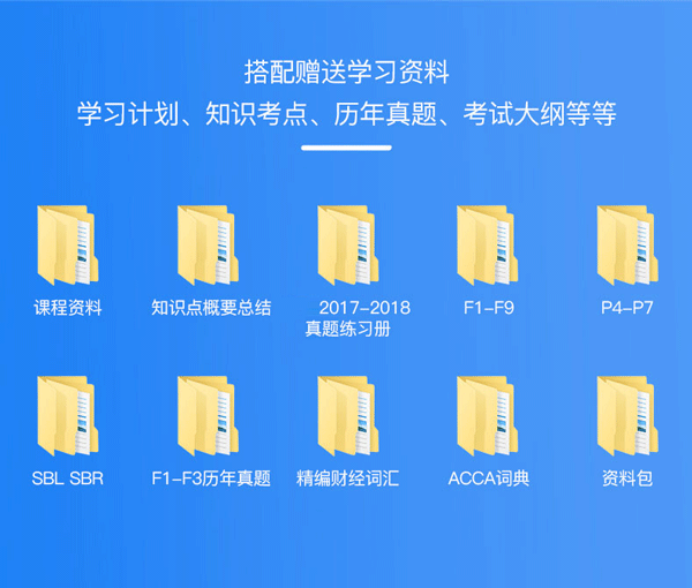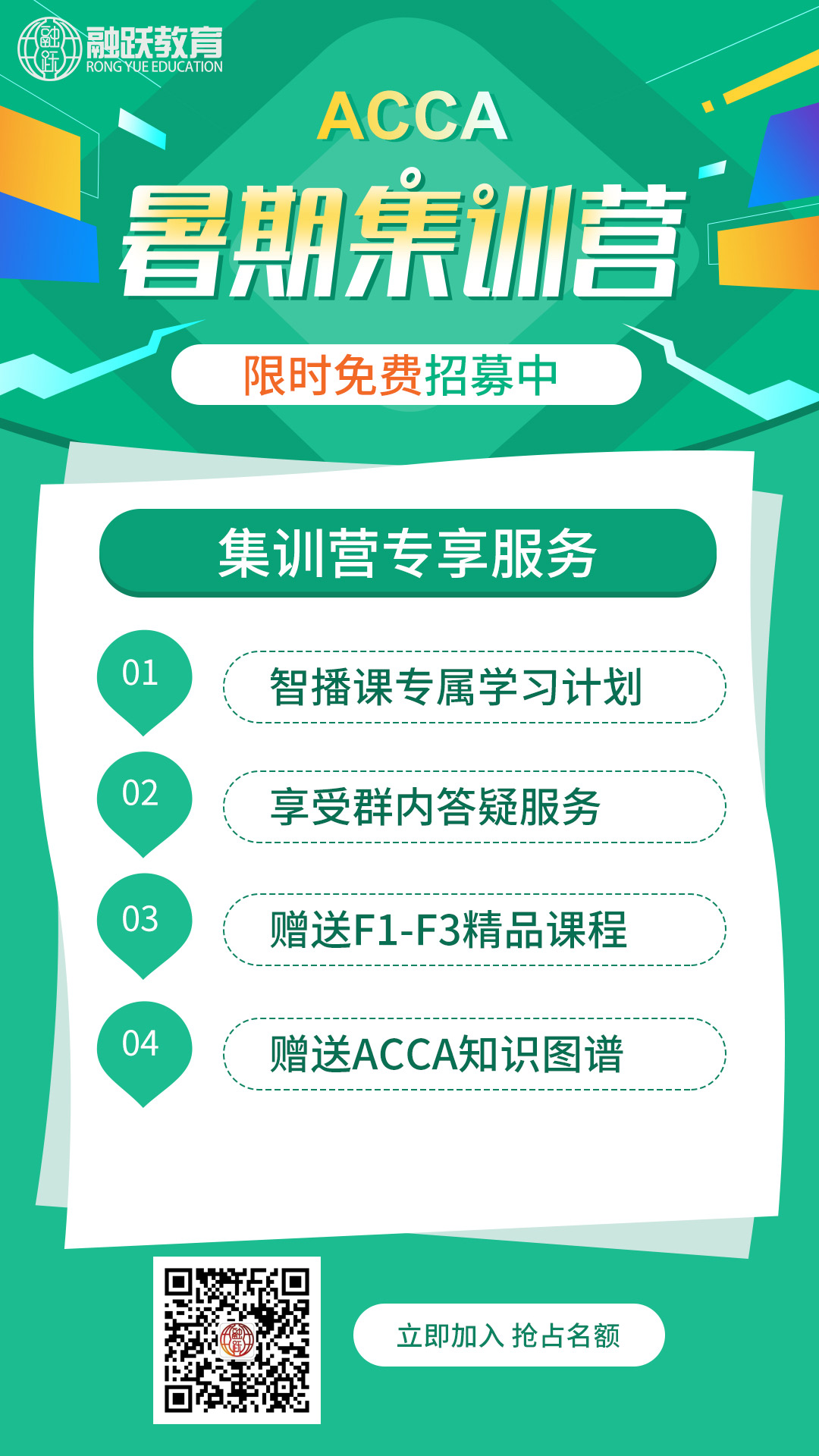作為一個財會人,不僅要掌握ACCA考試的基本知識點,還需要 把所學的知識運用到工作中去才可以。財會進行報表的制作是很常見的事情,那么,ACCA考試合并報表常見的考點有哪些?
ACCA考試合并報表是學員常會考的知識點,因此在備考的時候學員需要*行含義的理解及掌握,通知還需要對ACCA考試的內容進行分析及運用。
戳:“各科必背定義+歷年真題中文解析+20年習題冊(PDF版)”

1、判斷控制成立的條件:
An investor controls an investee if and only if the investor has all the following(形成控制同時需要滿足以下三大條件):
A)Power over the investee to direct the relevant activities;
B)Exposure,or rights,to variable returns from its involvement with the investee;
C)Ability to use its power over the investee to affect the amount of the investor’s returns.
2、購買對價consideration計算:
Consideration may consist of(常見的對價有cash和shares兩種)
A)Cash(以cash的形式進行收購,直接記錄cash值)
P purchased xx shares/xx%of shares of S for XX
P purchased xx shares/xx%of shares of S for XX per share
B)Shares(以股換股)
Share exchange on a X for Y basis(代表每獲取子公司Y股股票,母公司需付出X股股票)

3、商譽的計算:
Goodwills=Considerations+NCI at acquisition date-FV of net assets of S at acquisition date
計算Goodwill的時候,用的是consideration的公允價值,加上NCI的公允價值,減去子公司的凈資產(net assets)。其中的retained earning和share capital,是用子公司在收購日當天的數字。
4、未實現利潤PUP(provision for unrealised profit)的計算:
首先根據內部銷售的售價和成本把利潤算出來,再考慮期末還沒賣出去的(還留在庫存里的部分)對應的比例,計算出這部分unrealised profit的值。
備考ACCA考試中你是不是無從下手,也不知道該怎么備考,這不,這邊為你準備了ACCA備考攻略和資料,有需要的在線咨詢或者添加老師微信:rongyuejiaoyu













